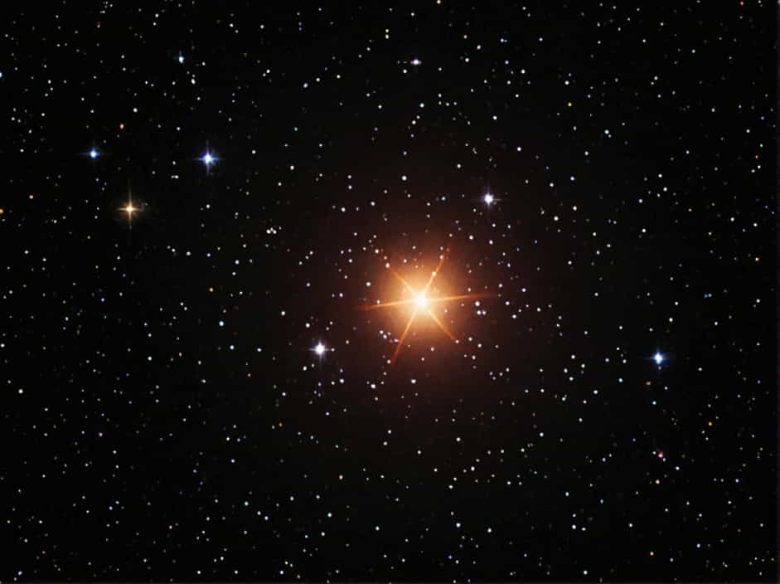Many people assume that Earth is closest to the Sun during summer and farthest during winter. Surprisingly, the opposite is true! Earth reaches its farthest point from the Sun (aphelion) in July and its closest point (perihelion) in January. This fact challenges common beliefs about how seasons work and offers an interesting insight into Earth’s orbit.
In this topic, we’ll explore what aphelion and perihelion are, why they happen, and how they affect our planet.
What Are Aphelion and Perihelion?
Definition of Aphelion
Aphelion is the point in Earth’s orbit where it is farthest from the Sun. This occurs around early July each year. At this point, Earth is about 152.1 million km (94.5 million miles) away from the Sun.
Definition of Perihelion
Perihelion is the point in Earth’s orbit where it is closest to the Sun. This happens around early January, when Earth is approximately 147.1 million km (91.4 million miles) from the Sun.
Why Do Aphelion and Perihelion Happen?
Earth follows an elliptical orbit, not a perfect circle, around the Sun. This means its distance from the Sun changes throughout the year. The elliptical shape of the orbit is influenced by gravitational forces, primarily from the Sun and the Moon.
However, Earth’s orbit is nearly circular, so the difference in distance between aphelion and perihelion is only about 5 million km (3 million miles)—a small change compared to the overall distance.
The Interesting Fact: Why Is Earth Farthest from the Sun in Summer?
It might seem logical to think that Earth’s temperature is determined by its distance from the Sun. However, this is not the case. The main reason for seasonal changes is Earth’s axial tilt, not its distance from the Sun.
The Role of Earth’s Tilt
Earth is tilted at an angle of 23.5 degrees relative to its orbit around the Sun. This tilt causes different parts of Earth to receive varying amounts of sunlight throughout the year.
- In July (aphelion), the Northern Hemisphere is tilted toward the Sun, leading to longer days and warmer temperatures despite being farther from the Sun.
- In January (perihelion), the Northern Hemisphere is tilted away from the Sun, resulting in shorter days and colder weather, even though Earth is closer to the Sun.
Does Distance Affect Temperature?
The small difference in distance between aphelion and perihelion has a minimal effect on Earth’s temperature. The Sun’s energy output also remains relatively constant throughout the year.
Interestingly, the Southern Hemisphere actually experiences hotter summers during perihelion because it has more ocean coverage, which absorbs and retains heat more efficiently.
How Aphelion and Perihelion Affect Earth
Although these points in Earth’s orbit don’t directly cause seasons, they do have some subtle effects:
1. Slight Changes in Solar Energy
During perihelion, Earth receives about 7% more solar energy than at aphelion. This could make Southern Hemisphere summers slightly warmer than Northern Hemisphere summers.
2. Differences in Orbital Speed
According to Kepler’s Second Law, Earth moves faster when it is closer to the Sun and slower when it is farther away. This means:
- During perihelion (January), Earth travels faster, making winter in the Northern Hemisphere slightly shorter.
- During aphelion (July), Earth moves slower, making summer in the Northern Hemisphere slightly longer.
3. Small Changes in Climate Patterns
Some researchers suggest that the timing of aphelion and perihelion could influence long-term climate cycles, though the effects are very subtle.
Will Aphelion and Perihelion Ever Change?
Over thousands of years, Earth’s orbit changes slightly due to gravitational interactions with other planets. This means:
- The dates of aphelion and perihelion slowly shift.
- Earth’s orbit may become more elliptical or more circular over time.
These slow changes contribute to natural climate cycles, such as Milankovitch Cycles, which influence ice ages over long periods.
One of the most surprising facts about aphelion and perihelion is that Earth is farthest from the Sun during summer in the Northern Hemisphere. This happens because seasons are caused by Earth’s tilt, not its distance from the Sun.
Although aphelion and perihelion don’t have a major effect on daily weather, they do subtly impact Earth’s climate, solar energy, and orbital speed. Understanding these astronomical phenomena helps us appreciate the complexity of Earth’s relationship with the Sun.



